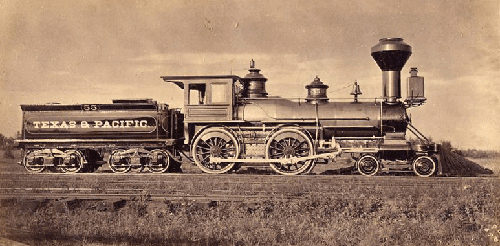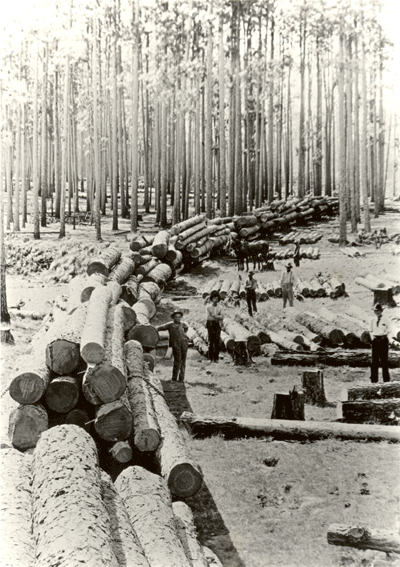
06 - Steam Locomotives Sang the Blues & Inspired Early Boogie Woogie Musicians
by John Tennison — History of Boogie Woogie
In the book, "The Story of the Blues," on page 16 in his chapter titled “Cottonfield Hollers,” 5 historian Paul Oliver wrote:
“When the blues began, the countryside was quiet. Loudest of the sounds to break the stillness was the roar of a steam train as it traced its way through the lowlands, leaving a smudge of smoke against the blue sky. A brief moment of excitement as it passed, a shrill whistle, dipping and wailing like a blues and it would be gone. It’s said that the engineers tuned their steam whistle ‘quills’ to play a blues but it probably just sounded like this to the field hands who knew the hour by the regular trains.”
On page 170 (Chapter 4 "Lonesome Whistles") of the book, "The Land Where the Blues Began,"27 Alan Lomax, wrote:
“Anonymous black musicians, longing to grab a train and ride away from their troubles, incorporated the rhythms of the steam locomotive and the moan of their whistles into the new dance music they were playing in jukes and dance halls. Boogie-woogie forever changed piano playing, as ham-handed black piano players transformed the instrument into a polyrhythmic railroad train.”

Pictured above is the Texas & Pacific steam locomotive 55, an A-2 Class 4-4-0 manufactured by the Schenectady company. The first steam locomotives used by the Texas & Pacific were built by Rogers Locomotive Works. For an excellent website pertaining to the Texas & Pacific Railway, see http://www.texaspacificrailway.org. For two excellent websites pertaining to general information about steam locomotives, including the Texas & Pacific, see http://www.steamlocomotive.com and http://www.steamlocomotive.info.
In the 1986 television broadcast of Britain’s "South Bank Show" about Boogie Woogie19, music historian, Paul Oliver, noted:
“Now the conductors were used to the logging camp pianists clamoring aboard, telling them a few stories, jumping off the train, getting into another logging camp, and playing again for eight hours, barrelhouse. In this way the music got around—all through Texas—and eventually, of course, out of Texas. Now when this new form of piano music came from Texas, it moved out towards Louisiana. It was brought by people like George Thomas, an early pianist who was already living in New Orleans by about 1910 and writing “New Orleans Hop Scop Blues,” which really has some of the characteristics of the music that we came to know as Boogie.”19
Logging Train in the Piney Woods of East Texas

(The image above is from the East Texas Research Center Collection)







